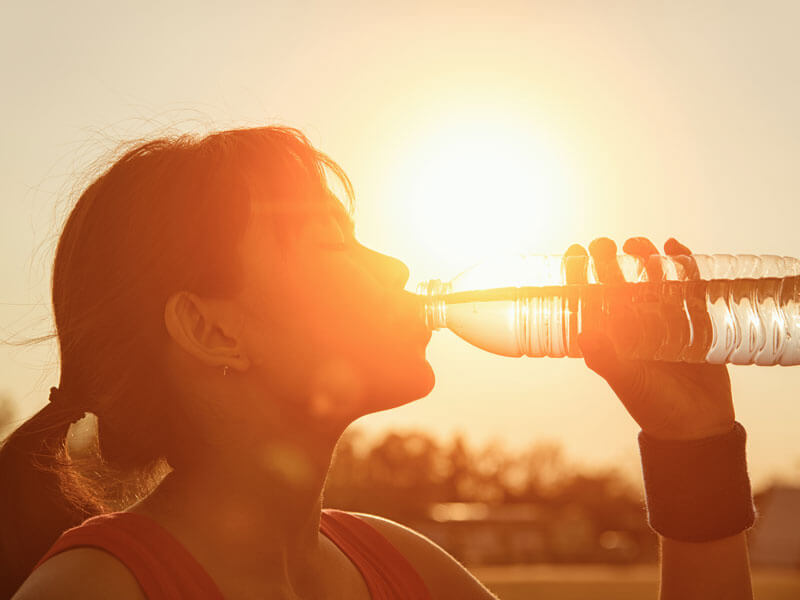
Summer is here, and all the heat and humidity that comes with it, especially in the South. Whether you work in a business where you are frequently outside, or you and your family are simply weekend warriors, summertime is peak time for heat stress and heat exhaustion risk.
Here are a few tips to help you protect yourself from the heat this summer, brought to you by www.osha.gov:
When the body is unable to cool itself by sweating, several heat-induced illnesses such as heat stress or heat exhaustion and the more severe heat stroke can occur, and can result in death.
Factors Leading to Heat Stress
High temperature and humidity; direct sun or heat; limited air movement; physical exertion; poor physical condition; some medicines; and inadequate tolerance for hot workplaces.
Symptoms of Heat Exhaustion
- Headaches, dizziness, lightheadedness or fainting.
- Weakness and moist skin.
- Mood changes such as irritability or confusion.
- Upset stomach or vomiting.
Symptoms of Heat Stroke
- Dry, hot skin with no sweating.
- Mental confusion or losing consciousness.
- Seizures or convulsions.
Preventing Heat Stress
- Know signs/symptoms of heat-related illnesses; monitor yourself and coworkers.
- Block out direct sun or other heat sources.
- Use cooling fans/air-conditioning; rest regularly.
- Drink lots of water; about 1 cup every 15 minutes.
- Wear lightweight, light colored, loose-fitting clothes.
- Avoid alcohol, caffeinated drinks, or heavy meals.
What to Do for Heat-Related Illness
- Call 911 (or local emergency number) at once. While waiting for help to arrive:
- Move the worker to a cool, shaded area.
- Loosen or remove heavy clothing.
- Provide cool drinking water.
- Fan and mist the person with water.
Source: www.osha.gov
